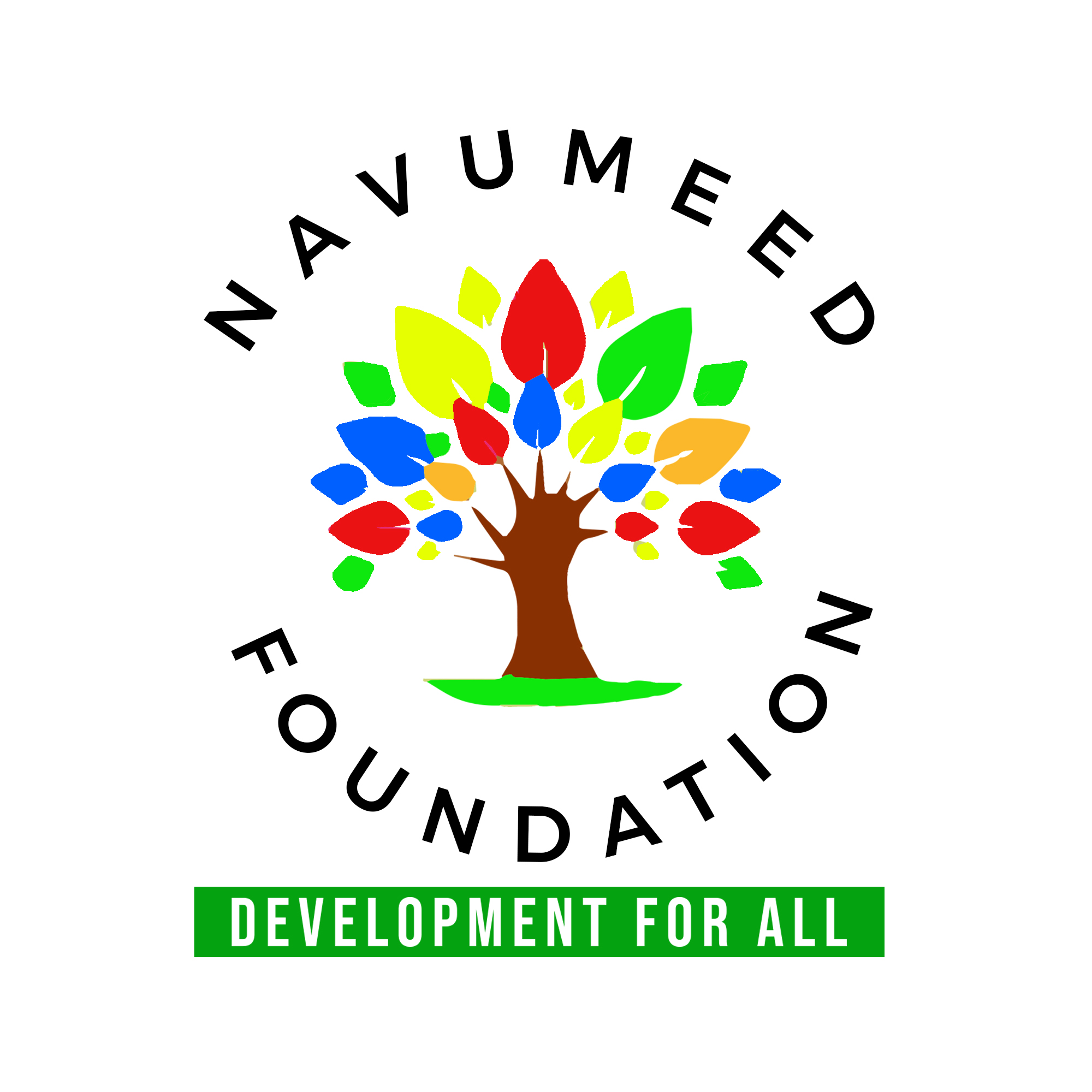Zero Hunger: Feeding India’s Future
By Navumeed Foundation • The People Feed • August 2025
India’s journey towards zero hunger is both a promise and a challenge. While millions still face food insecurity, bold public policies, innovation in agriculture, and community-led nutrition programs are paving the way for a future where no child or adult goes hungry. This story explores how India is feeding its future through resilience and inclusivity.
Why Zero Hunger Matters Today
Over 80 crore Indians depend on food security schemes, yet malnutrition and hidden hunger remain pressing issues. India’s progress is uneven, with rural, tribal, and urban poor populations disproportionately affected. Achieving zero hunger is critical for health, productivity, and national development [1].
“Food is not just a necessity—it is a foundation for growth, dignity, and hope.” – Nutrition expert, India
Ground-Level Successes
Public Distribution System (PDS)
The PDS reaches over 80 crore people with subsidized grains, operating through nearly 100% automated fair price shops to minimize leakages and improve food access [2].
POSHAN Abhiyaan
This flagship nutrition mission targets maternal and child malnutrition, benefiting more than 10 crore people through community awareness, health services, and targeted interventions [3].
Millet Promotion
Millets are gaining momentum as climate-resilient, nutrient-rich crops. Government campaigns and market linkages are encouraging farmers to diversify production and consumers to adopt healthier diets [4].
Backing the Fight Against Hunger: Policy & Innovation
Programs like the National Food Security Act and Pradhan Mantri Garib Kalyan Anna Yojana (PMGKAY) provide legal and emergency food support. Digital innovations such as e-POS and Aadhaar linkage improve targeting and transparency [5].
Agricultural innovations, including climate-resilient crop varieties and precision farming, reduce vulnerabilities and improve yields. Skill development initiatives empower rural youth to build sustainable livelihoods [6].
Barriers on the Path to Zero Hunger
- Persistent malnutrition: Micronutrient deficiencies continue despite calorie sufficiency.
- Inequitable access: Rural and tribal communities often face poor infrastructure and market exclusion.
- Climate risks: Changing weather patterns threaten crop stability and food security.
Scaling Up for Impact
- Integrated nutrition programs: Coordinating health, agriculture, and education sectors for holistic impact.
- Community participation: Empowering local women’s groups and youth to lead nutrition and food security efforts.
- Technology adoption: Leveraging digital tools for real-time monitoring and efficient food distribution.
Email us: connect@navumeedfoundation.org
References & Further Reading
- Food Security in India: An Overview, Press Information Bureau, 2024. ↩
- Public Distribution System, Department of Food and Public Distribution, Government of India. ↩
- POSHAN Abhiyaan, Ministry of Women and Child Development. ↩
- Millet Promotion in India, Ministry of Agriculture and Farmers Welfare. ↩
- Pradhan Mantri Garib Kalyan Anna Yojana (PMGKAY), Government of India. ↩
- Indian Council of Agricultural Research (ICAR), Government of India. ↩
